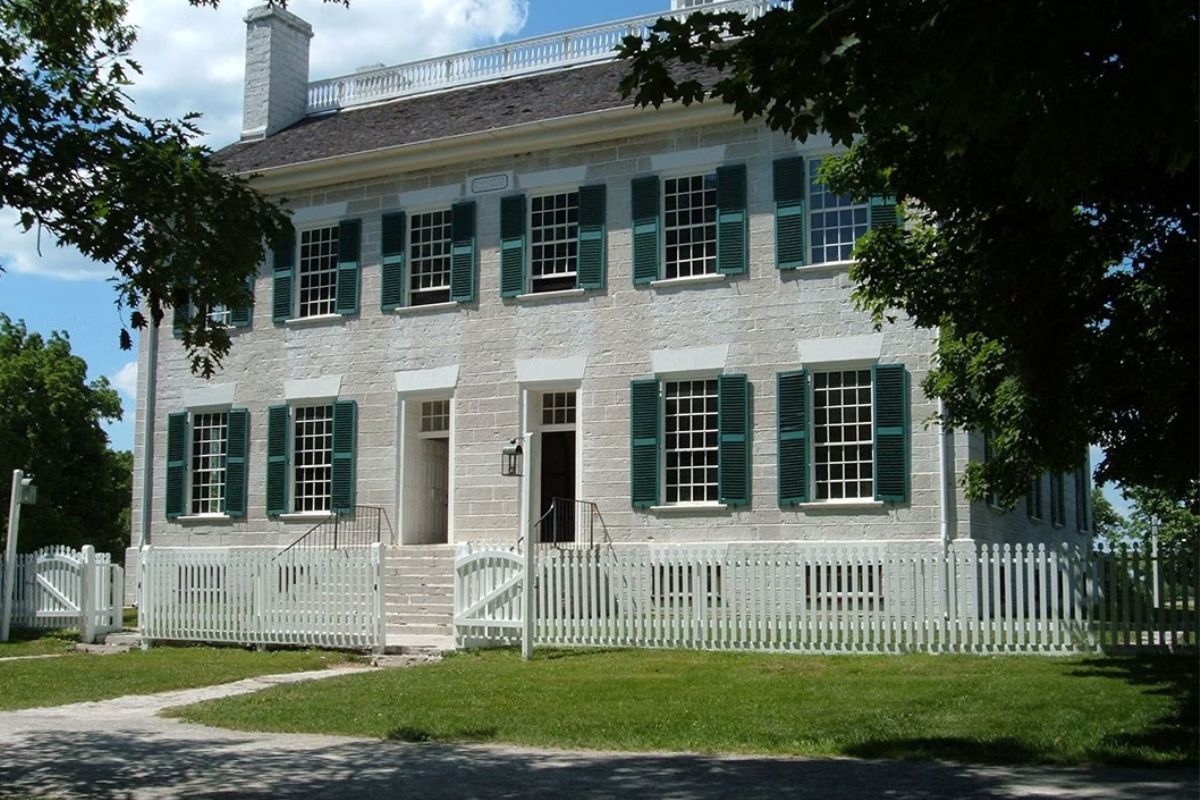Mystery Of New York’s Shaker Communities

Ever wondered about the hidden history of New York's Shaker communities? These unique groups, known for their simple living, innovative designs, and communal lifestyle, have left a lasting impact on American culture. Shaker communities were established in the 18th century and thrived for many years. They believed in equality, pacifism, and shared property, which set them apart from other religious groups. Visiting these historic sites offers a glimpse into their fascinating way of life. From their distinctive architecture to their handcrafted furniture, there's much to learn and appreciate. Ready to dive into the world of the Shakers? Let's explore their intriguing legacy together.
Discovering the Shaker Communities of New York
New York's Shaker communities offer a unique glimpse into a fascinating part of American history. These communities, known for their simple living, architecture, and craftsmanship, have left an indelible mark on the cultural landscape. Let's explore some of the most notable Shaker sites in New York.
1. Watervliet Shaker Historic District
The Watervliet Shaker Historic District is where the first Shaker community in America was established in 1776. This site provides a comprehensive look at Shaker life through its preserved buildings and artifacts.
- Shaker Heritage Society: The society offers guided tours, workshops, and events that delve into the Shaker way of life.
- Shaker Meeting House: This building served as the spiritual heart of the community, where members gathered for worship and meetings.
- Shaker Cemetery: A serene resting place for many of the community's members, offering a quiet spot for reflection.
2. Mount Lebanon Shaker Village
Mount Lebanon was the largest and most influential Shaker community in the United States. Established in 1787, it became the spiritual center for Shakers across the country.
- Great Stone Barn: Known as the "Eighth Wonder of the World," this massive barn showcases Shaker ingenuity in architecture.
- North Family: This area includes several buildings that illustrate the daily life and work of the Shakers.
- Shaker Museum: Offers exhibits and programs that highlight the history and contributions of the Shakers.
3. Hancock Shaker Village
Though technically located in Massachusetts, Hancock Shaker Village is just a short drive from New York and played a significant role in the Shaker movement.
- Round Stone Barn: This iconic structure is an engineering marvel and a symbol of Shaker innovation.
- Living History Museum: Experience Shaker life through interactive exhibits, demonstrations, and guided tours.
- Heritage Farm and Garden: Explore the agricultural practices that sustained the Shaker community.
4. Groveland Shaker Village
Groveland Shaker Village, established in 1836, is one of the lesser-known Shaker sites but offers a unique perspective on the Shaker way of life.
- Shaker Buildings: Several original structures still stand, providing a glimpse into the community's daily activities.
- Historical Markers: Informative plaques and markers guide visitors through the village's history.
- Scenic Trails: Enjoy walking paths that meander through the picturesque landscape surrounding the village.
5. Union Village Shaker Site
Union Village, also known as the New Lebanon Shaker Society, was another important Shaker community in New York.
- Shaker Church Family Site: This area includes several buildings that were central to the community's religious and social life.
- Shaker Workshops: Learn about Shaker craftsmanship and industry through preserved workshops and tools.
- Visitor Center: Offers educational materials, exhibits, and guided tours to enhance your understanding of Shaker culture.
6. Tyringham Shaker Settlement
Tyringham Shaker Settlement, though small, played a crucial role in the spread of Shaker beliefs and practices.
- Shaker Farm: Explore the agricultural innovations and practices that were central to the Shaker way of life.
- Community Buildings: Several original buildings remain, offering insight into the daily lives of the Shakers.
- Nature Trails: Enjoy the natural beauty of the area with trails that wind through the settlement's scenic surroundings.
7. Enfield Shaker Village
Enfield Shaker Village, located near the New York border in New Hampshire, is worth mentioning for its historical significance and proximity.
- Great Stone Dwelling: This impressive building was the largest residential structure built by the Shakers.
- Museum and Visitor Center: Offers exhibits, artifacts, and educational programs about Shaker history.
- Shaker Feast Ground: A peaceful area where the Shakers held their communal meals and gatherings.
8. Alfred Shaker Museum
Alfred Shaker Museum, located in Alfred, New York, preserves the history of the Shaker community that once thrived there.
- Shaker Artifacts: The museum houses a collection of Shaker furniture, tools, and other artifacts.
- Educational Programs: Participate in workshops and lectures that explore various aspects of Shaker life.
- Historic Buildings: Several original structures have been preserved, offering a window into the past.
The Legacy of New York's Shaker Communities
New York's Shaker communities left a lasting impact on American culture. Their commitment to simplicity, equality, and innovation can still be seen today. From their unique architecture to their contributions in agriculture and craftsmanship, the Shakers were ahead of their time. Their communal lifestyle, based on shared resources and collective labor, offered a different way of living that challenged societal norms.
Visiting these historic sites provides a glimpse into a world where faith and hard work went hand in hand. The preserved buildings and artifacts tell stories of a community dedicated to their beliefs. While the Shaker communities may no longer be active, their influence remains strong. Exploring these sites not only honors their legacy but also inspires us to think about how we can incorporate their values into our modern lives.

